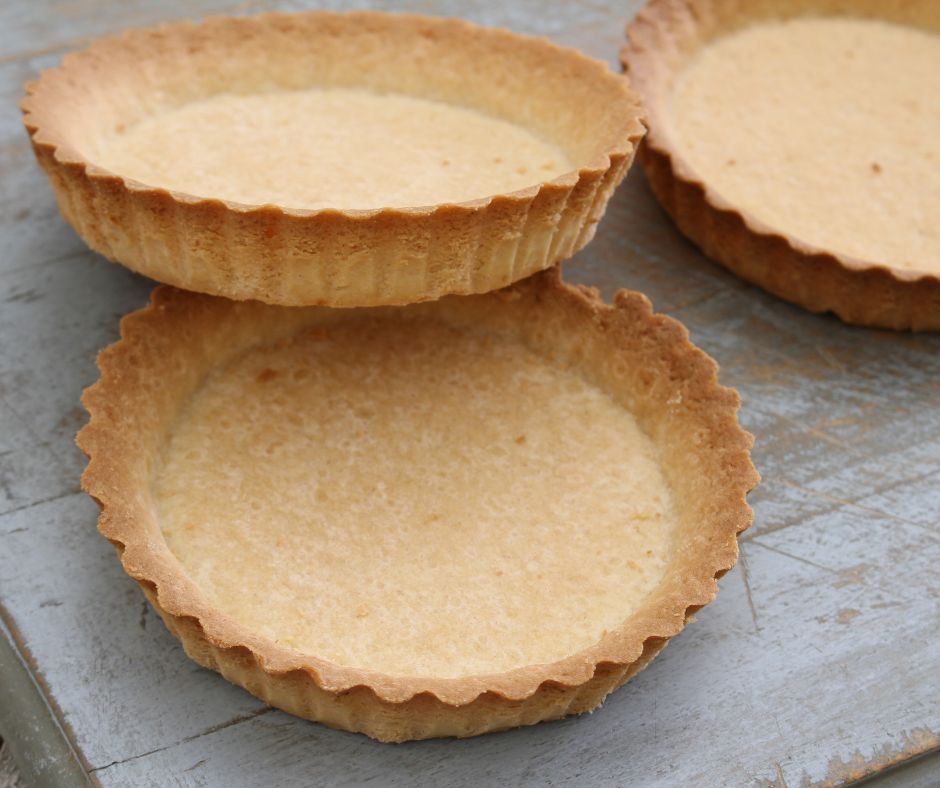If you are delving into the world of gluten free pastry for the first time, then you may feel a bit twitchy about it. I understand that, as someone who is still conquering her anxiety around getting gluten free food to be as good as it’s gluten filled peers but this gluten free pastry recipe is easy to make and works really well. I have learned over the years to bake gluten free, starting with a basic gluten free chocolate brownie recipe when I first married my gluten free husband.
The trick is to keep it cold, don’t over handle it and don’t panic if it doesn’t feel as elastic and pliable as normal pastry. It never will but if you are careful it will work out well and you can use this pastry for pies, tarts or anything you would use pastry for.

(This blog post may contain affiliate links, which if you click on, and make a purchase, will earn me a small amount of revenue, they will be marked with *)
You will need:
• 450g of gluten free plain flour. You can use Dove’s Farm “Free” range, which is a brand we like, but many supermarkets do their own version too now and it’s not hard to get hold of.
• 125g unsalted butter, chilled and cubed
• 50ml cold water
• 1 tablespoon sugar
• 1/2 teaspoon salt
• 1 teaspoon xanthan gum* (to help with binding, do not skip this, your pastry flour does not have gluten in it and this gum helps to “replace” that and make the recipe work)
How to make your pastry:
1. In a large mixing bowl, combine the gluten-free flour blend, sugar, salt, and xanthan gum. Mix well to ensure the ingredients are evenly distributed.
2. Add the chilled butter cubes to the dry mixture. Using a pastry cutter or your fingers, incorporate the butter into the flour until the mixture resembles coarse crumbs.
3. Gradually add the cold water, a tablespoon at a time, while gently mixing the dough. Be careful not to overmix; you want the dough to come together without being too sticky.
4. Once the dough has formed, shape it into a ball and wrap it in plastic wrap. Refrigerate for at least 30 minutes to allow the dough to firm up.
5. Remove the dough from the refrigerator and place it on a lightly floured surface. Roll it out to your desired thickness, keeping in mind that thinner dough will result in crispier pastry
Use the dough for your recipe, and I find it cooks best at about 190C, for whatever you would use pastry for. I do find it doesn’t like to be left for too long between making and baking and you can blind bake it too, as you would for other pastries.

Gluten free pastry is definitely a learning curve but this recipe seems to work for me, so why not give it a try?